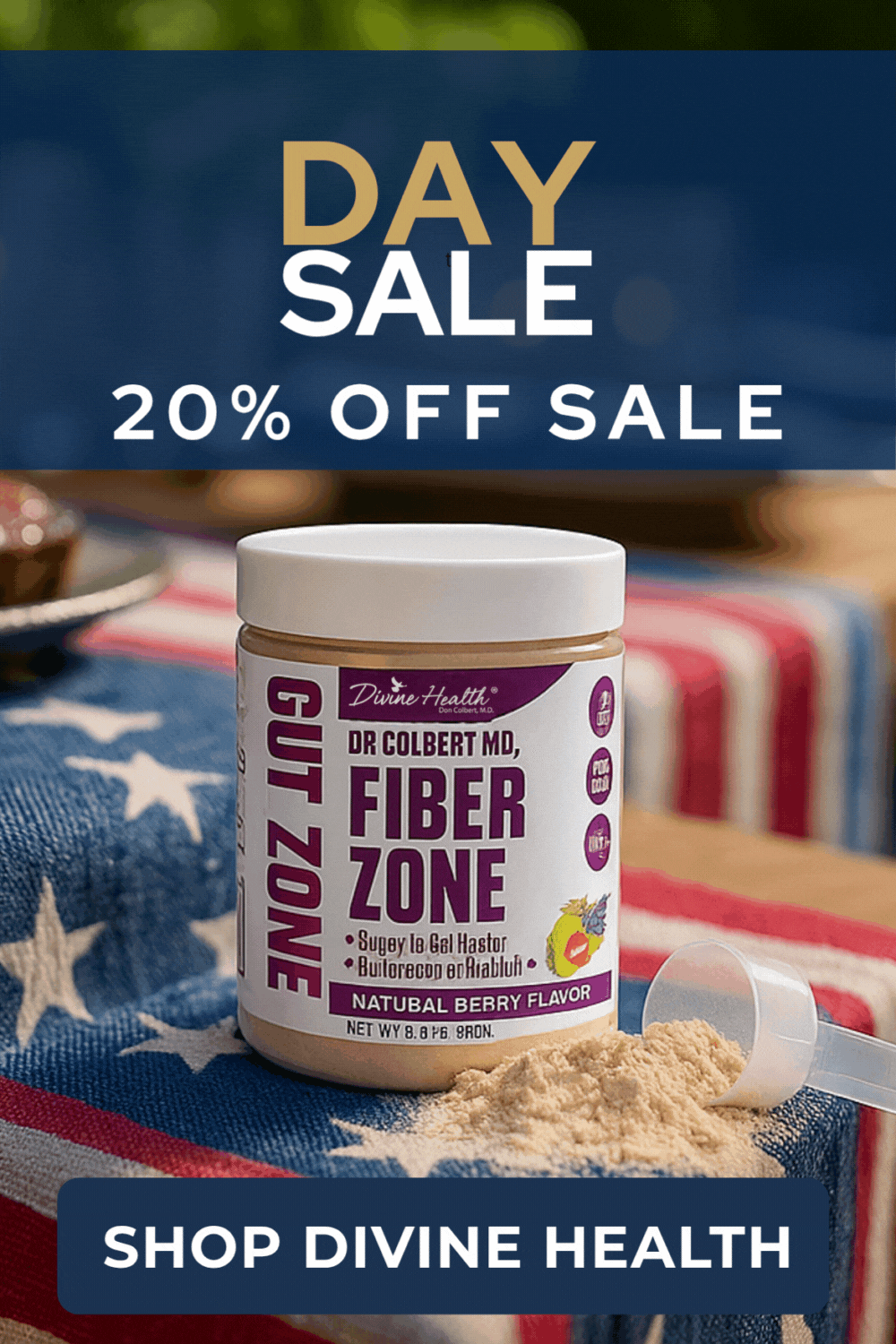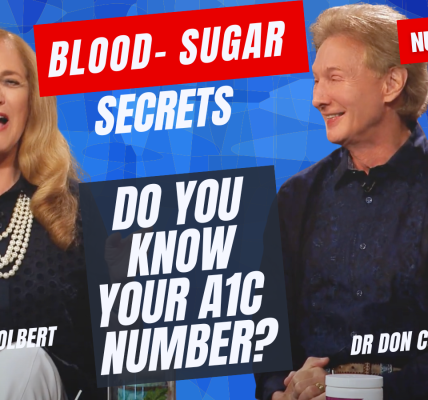Today, most of the manufacturers create food labels in a way that give customers the impression that their foods are healthy. A recent Harris Interactive survey indicates that the majority of people in the US find these food labels useful in picking healthier foods. However, shockingly some of these labels are not worth it.

Although The Food and Drug Administration has the responsibility of describing food labels, still manufacturers are creating new ones that are not regulated and don’t carry right information. These labels are just a great way to catch the potential customer’s attention. Nicolette Peace – the founder of NutriSource in Great Neck, New York – says that the labels defined by the FDA are rarely described on food containers.
Below are mentioned some of the popular labels used by manufacturers:
-
Made With….: Customers believe that the product with the label saying “Made With…” contains the exact ingredients mentioned on a food label. However, it never indicates the amounts of the ingredients the food contains. This can be deceiving since the food may contain very small amounts of the listed ingredients.
Lisa R. Young, adjunct professor of nutrition food studies, and public health at New York University says that to avoid any speculations on the amount of ingredients contained in foods, it is best to check the ingredient list. Usually, ingredients listed in the beginning are present in higher amounts.
- Natural: When you read ‘Natural’ on a food label, it usually confers the food as non-processed. However, in fact it means that the food is free from added colors, synthetic substances and artificial flavors. The FDA has still not regulated the definition of natural and therefore it is very misleading. According to Pace, it is difficult to define a food product as natural. Foods are usually processed for sale and they are usually not ‘all natural’. To ensure that you are purchasing foods that are less processed and close to natural, check the ingredients list. The food with lesser ingredients is usually less processed.
- Lightly Sweetened: Some food labels contain the words ‘lightly sweetened.’ Customers may consider that the food is low in sugar, but it could still have lots of sugar. This is because the FDA has not regulated this label. It is best to check for any ingredients that ends with ‘-ose’ since it indicates that the product is rich in sugar.
- Low/Light/Reduced: When ‘Light’, ‘Low’, or ‘Reduced’ is written on a food label, customers may think that the food contains low amounts of fat, sodium, calories of anything that the label lists. However, in fact it means that the product contains fewer amounts of ingredients than contained in its earlier version. Pace says that the FDA has provided manufacturers with the opportunity to label their product as ‘reduced’ if they contain 25% less amounts of ingredients than their original food product. It is important to note that when companies remove any ingredient, they often replace them with other additives or sugar.
- Free: The word ‘Free’ written on a food label may give the impression that the food product is free of the mentioned ingredient. However, the manufacturers often consider the labeling ‘Free’ as ‘very less’. You should check the ingredient list to ensure the right amounts of ingredients in any food product. It is also a good idea to check the nutrition labels online before you come to pick up the product.
- Lots of Fiber: When ‘Lots of Fiber’ is written on a food label, it does not always mean that the food is rich in fiber. A food can be labeled as high fiber even if it contains five grams of fiber or more per serving. According to Young, the fiber doesn’t necessarily have to be natural and can be an additive. To avoid picking synthetic fiber, it is best to check for whole grains on the ingredient list because they are natural.














